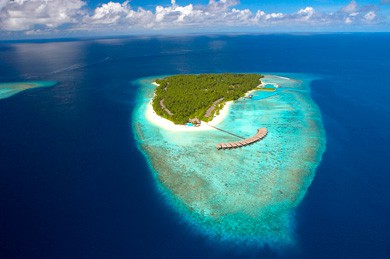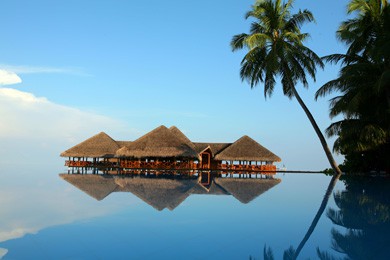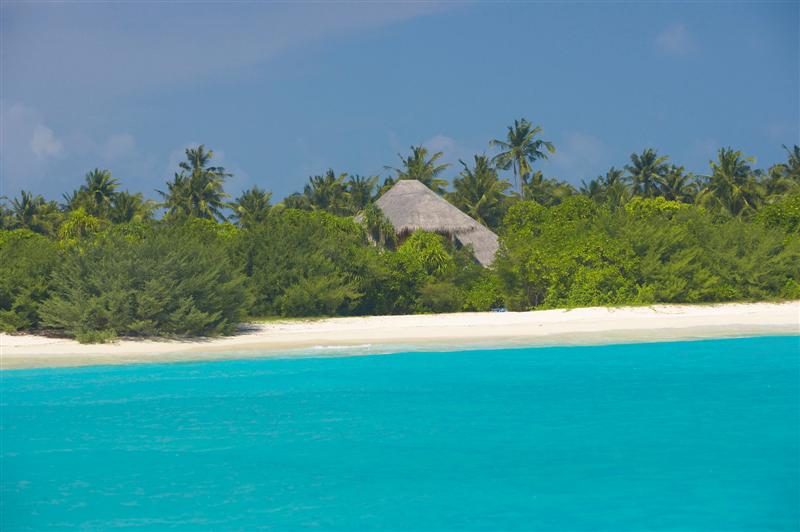Maldives at a Glance
Time: + 5 hrs GMT
Capital: Malé
Total number of islands: 1,190
Inhabited Islands: 2002
Population: 300,000
Major Industries: Tourism & Fisheries
Resorts: 89+
Currency: Rufiyaa (All major currencies, credit cards and travelers cheques accepted)
Electricity: 240 AC
Access: chartered flights and scheduled flights
Visa: 30 days on arrival
Language: Dhivehi – English widely spoken
Weather and Climate: Tropical
Transport: Speedboats, Dhoni and Seaplanes
Working Hours
Banks: Sunday to Thursday
Government: 8.00 a.m. to 4.00 p.m.
Private Sector: 8.00 a.m. to 5.00 p.m.
Location
The Maldives consists of 1190 islands grouped into 26 natural atolls scattered over an area of 90,000 sq. km straddling the equator between latitudes 7°6” north and 0°42” south and longitudes 72°32” and 73°46” East.
Maldives Geography
The atolls of the Maldives are formed from coral structures. The atolls are part of a greater structure known as the Laccadives-Chagos Ridge, which stretches over 2000 kilometers. The Maldives islands are low lying with the highest point at approximately eight feet above sea level. Ring-shaped reef structures form the atolls and these reefs provide the natural defense against wind and wave action on these delicate islands.






Maldives Geography
The atolls of the Maldives are formed from coral structures. The atolls are part of a greater structure known as the Laccadives-Chagos Ridge, which stretches over 2000 kilometers. The Maldives islands are low lying with the highest point at approximately eight feet above sea level. Ring-shaped reef structures form the atolls and these reefs provide the natural defense against wind and wave action on these delicate islands.
Culture
Located at the crossways of the Indian Ocean shipping lanes on the main seaway around the Indian subcontinent, the Maldives has long been a meeting point for African, Arab, Malay and Indonesian mariners.
Throughout the centuries these influences have shaped the Maldivian way of life. This can be seen from the many facets of Maldivian lifestyle such as dining, music, art and craft.
Music
Bodu Beru is the most popular form of music and dance in the country, believed to have been introduced in the early 19th century by African slaves. Historians believe that Thaara, which also holds a special place in local entertainment, have been introduced from the Middle East in the seventeenth century.
Other forms of dance such as Bandiya Jehun have a strong South Asian flavor. Today western pop and Indian music is popular with the young and old.
Art & Craft
The Maldivians are skilled craftsmen. This can be seen in several of Maldivian arts and craft; the deft coral stone carvings at Hukuru Miskiiy, the intricate lacquer art, the fine mats woven by the women of Fioari in the south and the work of skilled calligraphers whose works old and new that can be viewed in mosques around the country.

Tiada ulasan:
Catat Ulasan